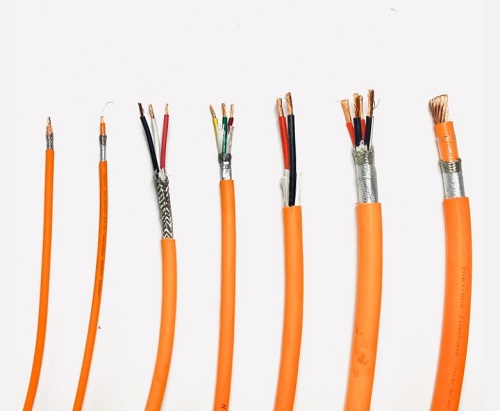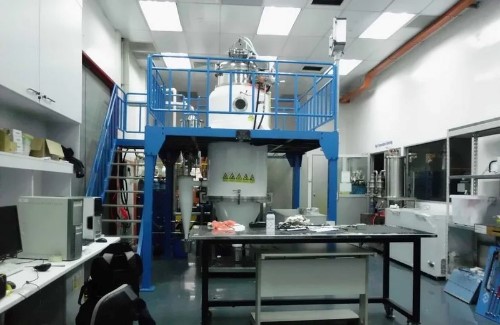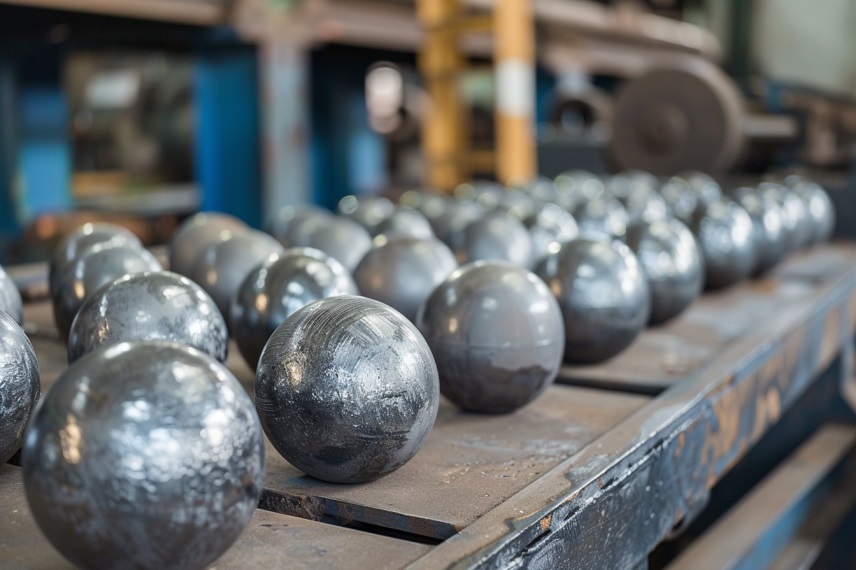Thermal Spraying Coating Processes
Thermal spraying is used in a variety of coating processes including Plasma Spraying, HVOF Spraying, Arc Spraying and Flame Combustion Spraying. These processes are also called Metalizing Spraying.
Flame Combustion Spray (Particle velocity range: 300–800 fps)
Fuel gas is burned with oxygen to melt a continuously feed of wire, powder or rod (temperature up to 4,600-5,200°F). Compressed air is concentrated around the flame, atomizing the molten material into fine spherical particles and propelling these particles at high velocity onto substrate.
Electrical Arc Spray (Particle velocity range: 500–1000 fps)
Two metallic conductive wires are electrically charged with opposing polarity and high voltage arc as the coating feedstock. The inert gas (temperature up to 10,000-12,000°F) is injected to trigger an atomization of the material and propel it toward the substrate to form the coating. This process requires the coating material with melting point below 10,000°F.
Plasma Spray (Particle velocity range: 800–1800 fps)
Before the HVOF system was invented, plasma guns were widely used for adding velocity to the material particles. In plasma spraying process, the material is introduced into the plasma jet and emanated from a plasma torch. It is melted in the jet (temperature up to 30,000°F), propelled towards a substrate and forms a coating. Almost any materials with melting point below 30,000°F can be sprayed by this process.
HVOF Spray (Particle velocity range: 2400–3200 fps)
The High Velocity Oxygen Fuel (HVOF) is a method of propelling molten particles on to work surfaces for each coating. The controlled combustion of fuel (liquid or gas) in an oxygen rich combustion chamber creates high temperature combustion gases (temperature up to 6,500°F). The combustion process creates rapidly expanding gas in the combustion chamber that results in a very high velocity gases.
Advantages of HVOF Coating: Super bond strength; High corrosion Resistance; Smooth and minimal porosity; Very hard coatings (HV 1000+)









